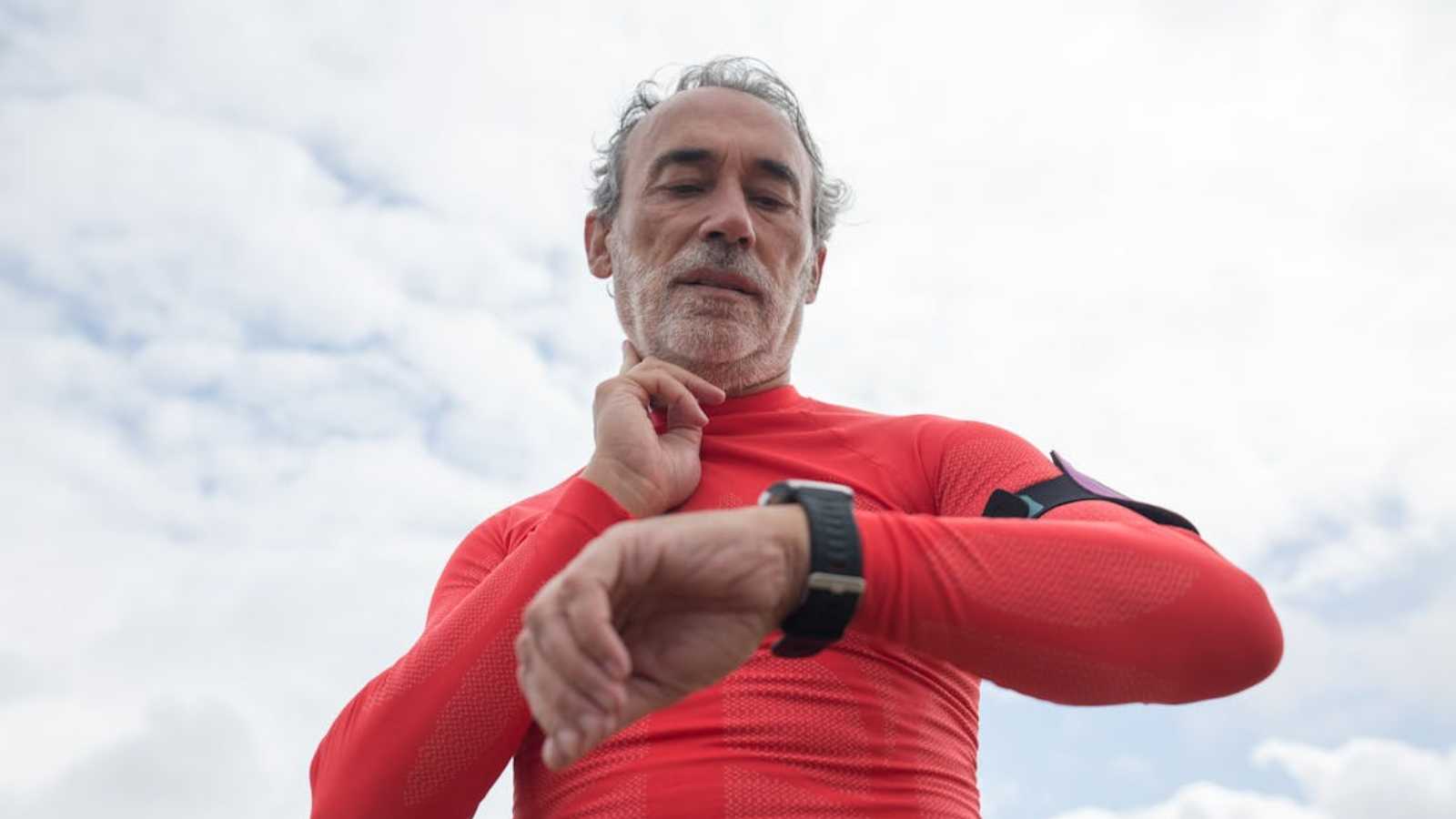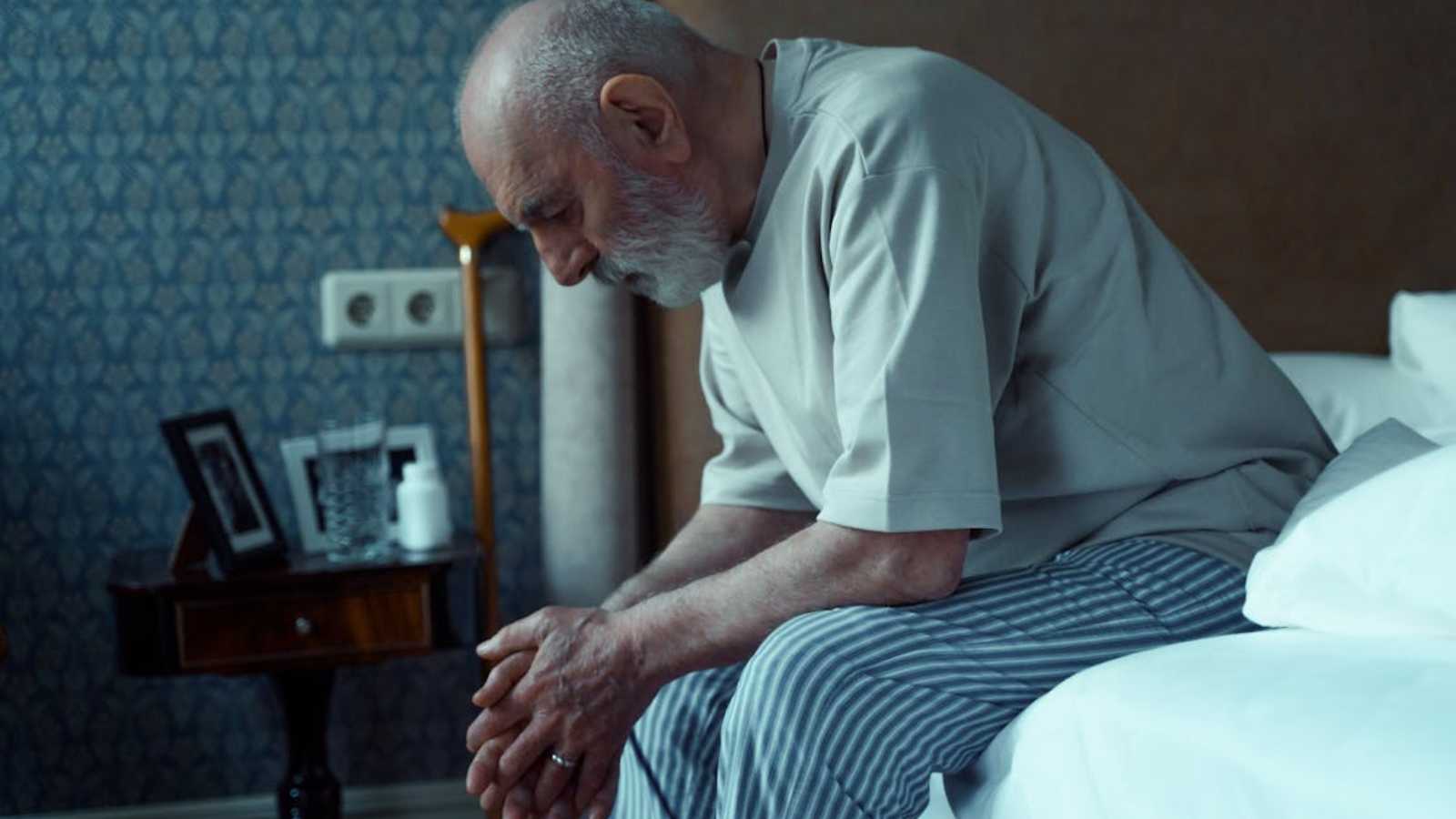8 things seniors over 70 can still do that show excellent health

When we talk about “health” over 70, most people are measuring the wrong thing. It’s not about being “disease-free,” especially since data shows more than 80% of U.S. seniors have at least one chronic illness. The real trend—and what we should all be focusing on —is the shift from “lifespan” (just living longer) to “healthspan”—those high-quality years when you’re living independently and well.
Excellent health is really about function—what you can still do. As the National Institutes of Health points out, even your attitude matters; research shows positive beliefs about aging may decrease the risk of developing dementia. So, let’s look at the simple, everyday actions that are the actual signs you’re crushing the “healthy aging” game.
You can open that stubborn pickle jar

We all know the frustration. But that pickle jar is more than an annoyance; it’s a diagnostic tool. In my field, we obsess over handgrip strength (HGS). Why? It’s one of the most potent, low-tech predictors of your future health. It’s a non-invasive biomarker for systemic health, and it’s the simplest way to see if age-related muscle loss (sarcopenia) is setting in.
This isn’t just about Popeye forearms. Weaker grip strength consistently predicts increased all-cause mortality. It predicts death from cardiovascular disease, respiratory disease, and even external causes.
A 2021 National Institutes of Health study identified HGS as a direct predictor of Quality of Life (QOL). For people 65+, the relationship is linear: every bit of force you can squeeze directly correlates with a lower mortality risk.
You can get up from a chair without grunting
If grip strength is our “canary in the coal mine,” this next one is the “engine” that keeps you out of the mine entirely. I’m talking about your ability to stand up from a chair, no hands, no grunting, no 10-second wind-up. In the clinic, we use the 30-Second Chair Stand Test (30CST). This simple test measures functional lower-extremity power, which is crucial for “functional ability” and avoiding “frailty”.
That power (not just strength, but the velocity of standing) is what separates independent living from assisted living. Think about it: you don’t fall slowly; you fall fast. You need quick power to catch yourself.
You don’t aim for 10,000 steps (and still feel great)

Let’s talk about that 10,000-step goal you’re stressing over. You know where it came from? A 1960s Japanese marketing campaign for a pedometer. Seriously. It was never a medical standard. This myth drives me nuts because it’s so demotivating, making people who hit 6,000 steps feel like failures.
The good news: the real data is so much more achievable. A massive 2025 systematic review in Lancet Public Health crunched the numbers. For older adults, the “inflection point” (the point at which the benefit is most significant) for all-cause mortality is only ~5,400 steps per day.
Another major study found that hitting 7,000 steps per day slashed the risk of premature death by 50-70%. That Lancet review also linked the 7,000-step mark to a 38% lower risk of dementia.
You’re arguing with Duolingo or learning the ukulele
Muscles aren’t the only thing you need to work out. If you’re currently frustrated by ukulele chords or German verb conjugations, congratulations. You are actively building cognitive reserve. Your brain is not a fixed object; it’s “dynamic” and capable of “plastic reorganization”—a process we call neuroplasticity. The struggle is the mechanism; it’s the brain building new pathways.
“Cognitive engagement” is a key “modifiable lifestyle factor” for brain health. A 2024 study found that older adults who completed a 3-month language course significantly improved in episodic memory and cognitive flexibility. Don’t like languages?
A meta-analysis linked playing a musical instrument to a 36% decreased risk of dementia. FYI: Even just listening to music was associated with a 39% lower incidence of dementia in a recent study.
You still show up (for coffee or a cause)
This might be the most urgent point on the list. The U.S. Surgeon General issued a public health advisory on our “epidemic of loneliness”. The data is shocking: prolonged social isolation is as harmful to your health as smoking 15 cigarettes a day. Lacking social connection increases your risk of premature death by 26-29% and your risk of a stroke by 32%.
The antidote is simple: show up. The most powerful way to do this? Volunteering. It’s a “trifecta” that combines physical activity, social connection, and purpose. A 2014 review linked volunteering in later life to “significant… cognitive, and functional benefits” and lower dementia risk.
The 2024 show-stopper: a study from Washington University found that moderate volunteering (just 1-4 hours a week) is significantly associated with slower epigenetic age acceleration. You are biologically aging more slowly.
You know why you’re getting out of bed

This is the psychological cousin of volunteering. We call it “sense of purpose”; the Japanese have a more elegant term: Ikigai (pronounced ee-kee-guy), which means “a reason for living”. This isn’t soft-science fluff; this is complex mortality data.
An extensive prospective cohort study found that subjects who did not find a sense of ikigai had a significantly increased risk of all-cause mortality. The risk was not from cancer. It was from cardiovascular disease (a 1.6x higher risk). Another major study found men with a strong sense of purpose had a staggering 72% lower risk of death from stroke.
The conclusion: a positive psychological factor, such as ikigai, is associated with longevity.
You’re still on the payroll (even if it’s just part-time)
“Retirement” is an increasingly outdated concept. The new trend? The “un-retiree.” And IMO, it’s one of the most potent signs of excellent health. Holding a part-time job is the ultimate “comprehensive functional test”—it combines your physical health, cognitive sharpness, and social skills.
This isn’t a niche trend. Today, roughly 38 million older adults are working. A T. Rowe Price study found that 20% of retirees are currently working either part-time or full-time. The “why” is key. AARP data shows 59% work for financial reasons (thanks, inflation), but 13% do it simply because they enjoy it or want to stay active. Having the capacity to work is the real health metric.
You manage your “check engine” lights effectively
Okay, let’s be real. Excellent health after 70 does not mean you are “disease-free.” That’s a unicorn. The data? According to the Centers for Disease Control and Prevention (CDC), 80% of U.S. seniors have at least one chronic illness, and 50% have two or more. The 10 most common conditions include high blood pressure (58%), heart disease (33%), and diabetes (16%).
Here is the real definition of excellent health: You are managing those conditions so they don’t manage you. The goal for modern healthy aging shifts from disease prevention to disability prevention. The win is not curing the chronic illness; the win is preventing it from causing functional decline.
The victory is maintaining your ADLs (Activities of Daily Living) —eating, dressing, bathing, and getting around by yourself. That is the proper gold standard.
Key Takeaway

So, what’s the common thread? From pickle jars to part-time jobs, healthspan is a verb. It’s the action of gripping, standing, walking, learning, connecting, and managing. You can’t stop your chronological age, but these 8 points prove you have tremendous control over your biological age.
As the National Institute on Aging (NIA) reminds us, “The way you think about aging can also make a difference”. Research shows that holding positive beliefs about aging may actually decrease the risk of developing dementia.
So, forget “anti-aging.” That’s a losing battle. The real trend, the real win, is healthy aging. Now, go book that ukulele lesson.







